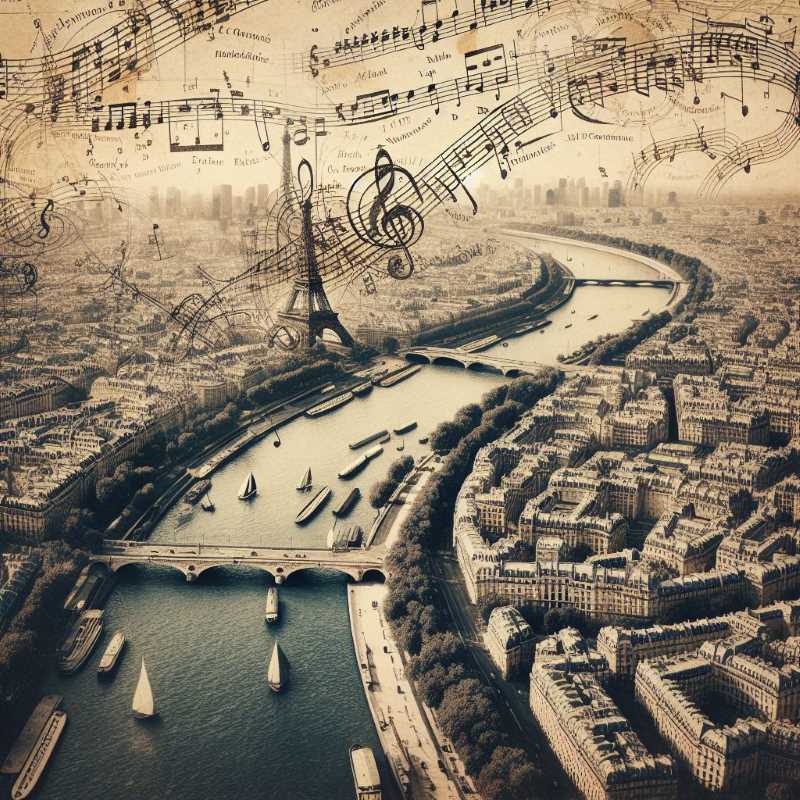Simón Dieudonné's Rejected Musical Notation System
Simón Dieudonné's 1859 proposal sought to revolutionize music notation with numbers, simplifying learning. Despite rejection, his vision reflects innovation's timeless quest, urging us to celebrate daring ideas that challenge convention.

Musical notation has undergone changes throughout history to adapt to different needs. In 1859, Simón Dieudonné wanted to revolutionize it by proposing a new method that used numbers to represent musical notes. This method used the numbers from 1 to 7 to represent the notes, silent applause and points to indicate extensions, among others. Despite its authenticity, the authorities of the Ministry of Development, Colonization, Industry, and Commerce rejected its patent application, arguing that its foundations were not sufficiently advantageous for musical teaching.
In the history of music, various musical notation systems have emerged, which are writing methods used to graphically represent musical performances. Musical notation has undergone changes to adapt to the expressive needs of the social, political, cultural, religious and artistic conditions of each era. In this sense, in 1859, Simón Dieudonné invented a method that used numbers in the formation of the musical writing system to facilitate its teaching.




